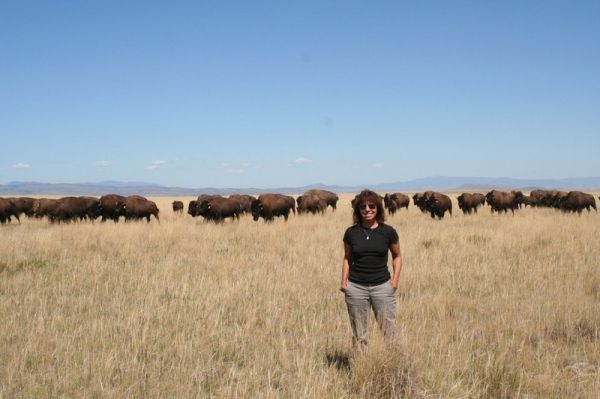Native American communities actively managed North American prairies for centuries before Christopher Columbus' arrival in the New World, according to a new study by researchers from Southern Methodist University and the University of Arizona.
Fire was an important indigenous tool for shaping North American ecosystems, but the relative importance of indigenous burning versus climate on fire patterns remains controversial in scientific communities.
The new study, published in Proceedings of the National Academy of Sciences, documents the use of fire to manipulate bison herds in the northern Great Plains. Researchers found that, contrary to popular thinking, burning by indigenous hunters combined with climate variability to amplify the effects of climate on prairie fire patterns.
"The important contribution of this research to paleoenvironmental science is a demonstration of the impact that relatively small groups of mobile hunter-gatherers could have on amplifying the broader climatic effect on wildfires," said study co-author María Nieves Zedeño, a professor in the UA School of Anthropology. "We have added a new human dimension to the discussion of interactions between people and climate by actually going back in time and showing how mobile hunter-gatherers manipulated the environment by improving the grassland through fire."
Continue reading at University of Arizona.
Image via University of Arizona.


